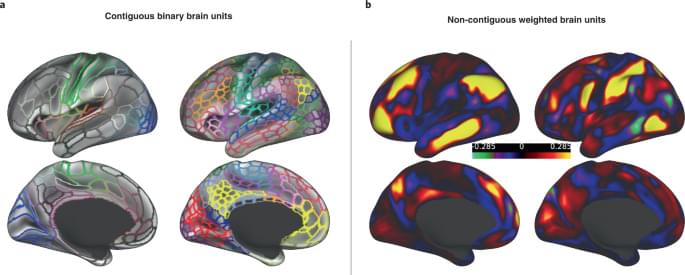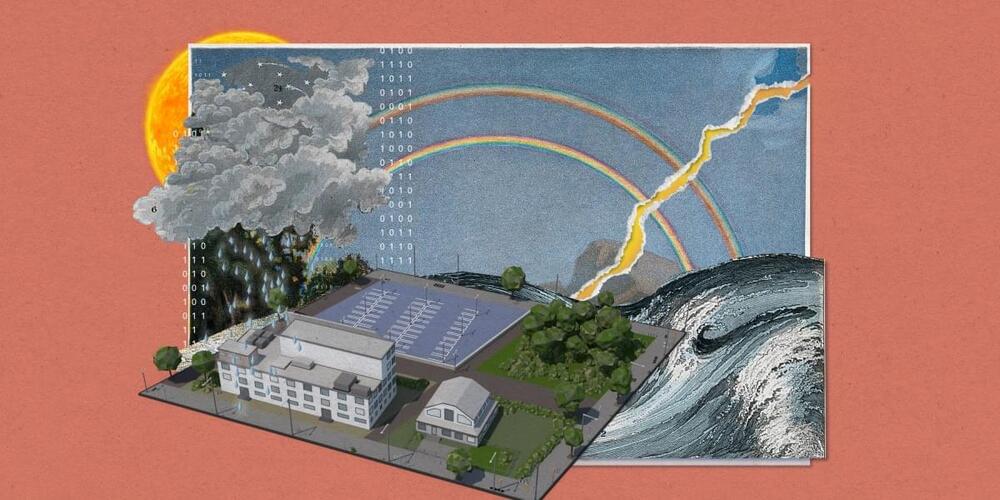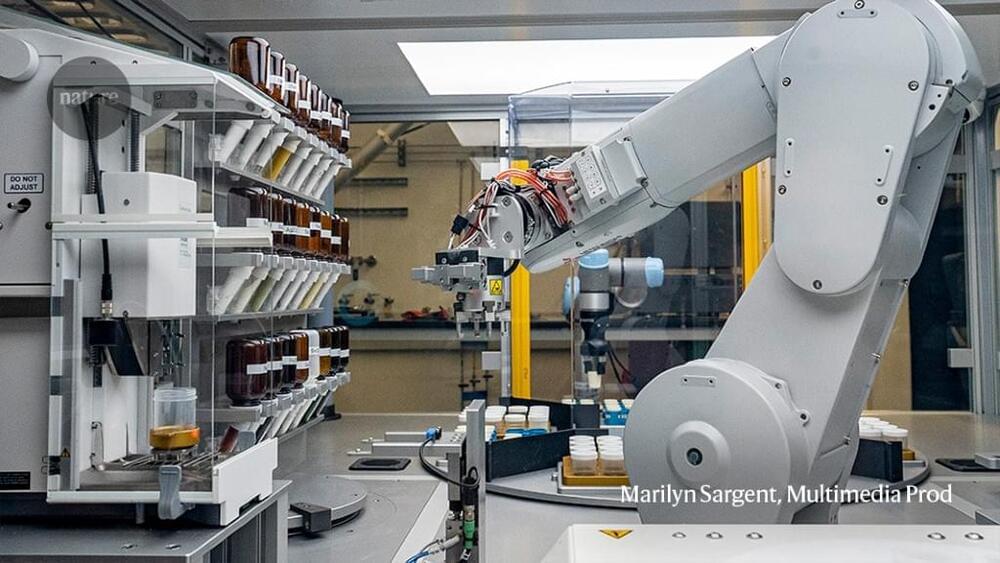Our guest today has updated his financial and business model for Tesla Bot Gen 2. With these new capabilities, what are the use cases and what’s the forecast for Tesla’s revenue and margins. Follow Cern on X: @CernBasher Website: BrilliantAdvice.net My website: https://www.herbertong.com Get Free TESLA Milestone Tables Check out 15+ modules of resources for the $TSLA Investor Join this channel or Patreon to get access to perks: Get free access to 15+ modules of TSLA investor resources Become a member: https://www.youtube.com/channel/UC4DBLlq1x0AKmip1QJUcbXg/join Join my Patreon: https://www.patreon.com/brighterwithherbert Use my referral link to buy a Tesla product: https://ts.la/herbert23392 ❤️ Thank you to everyone who supports me and this channel! I really do appreciate your likes, subscribes and comments. Let’s get brighter! Website: www.herbertong.






